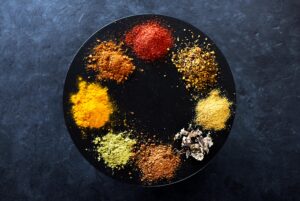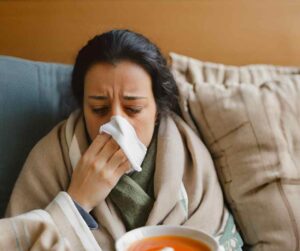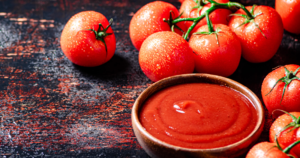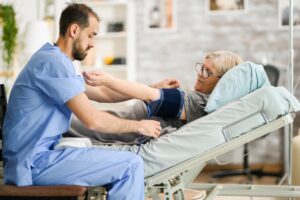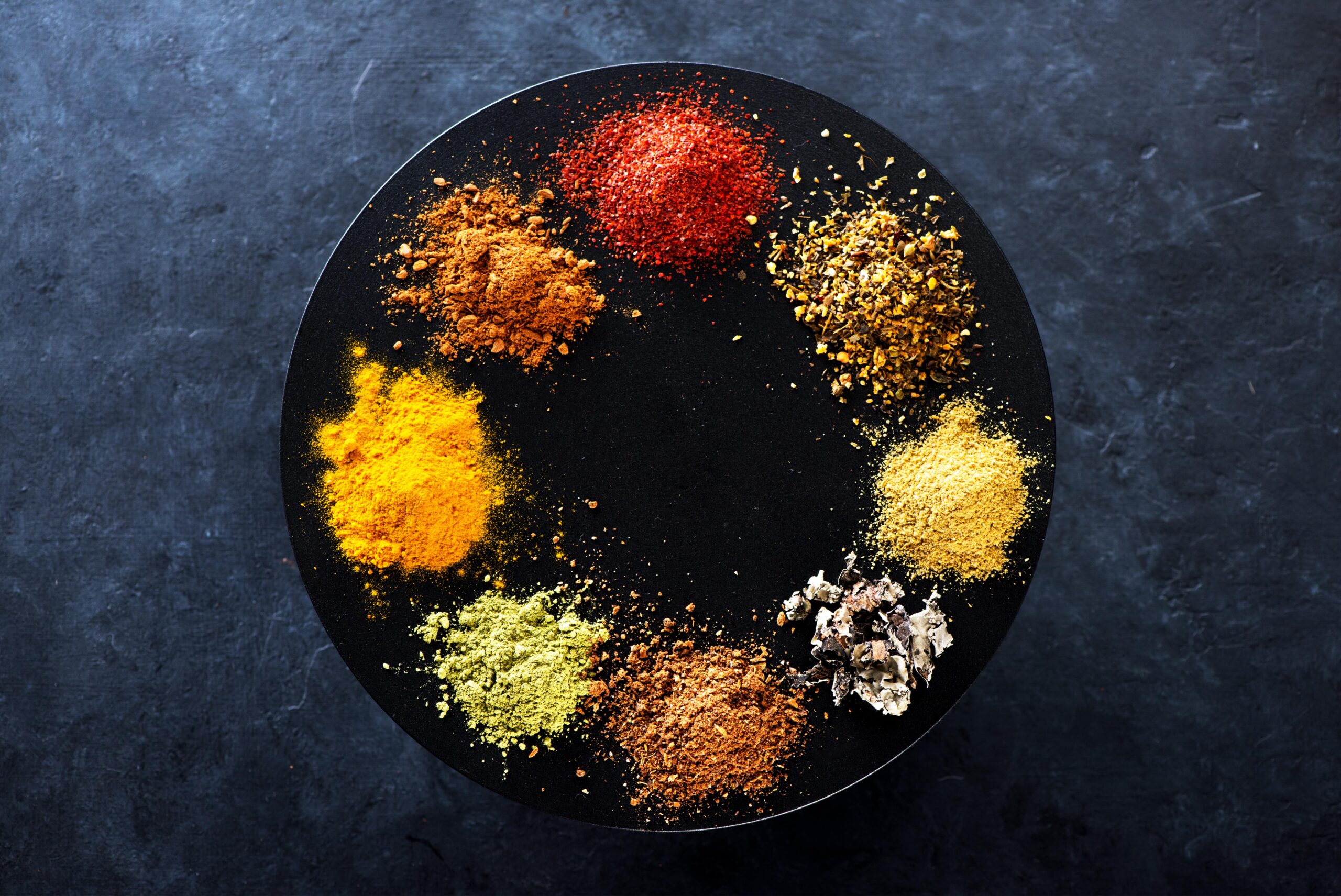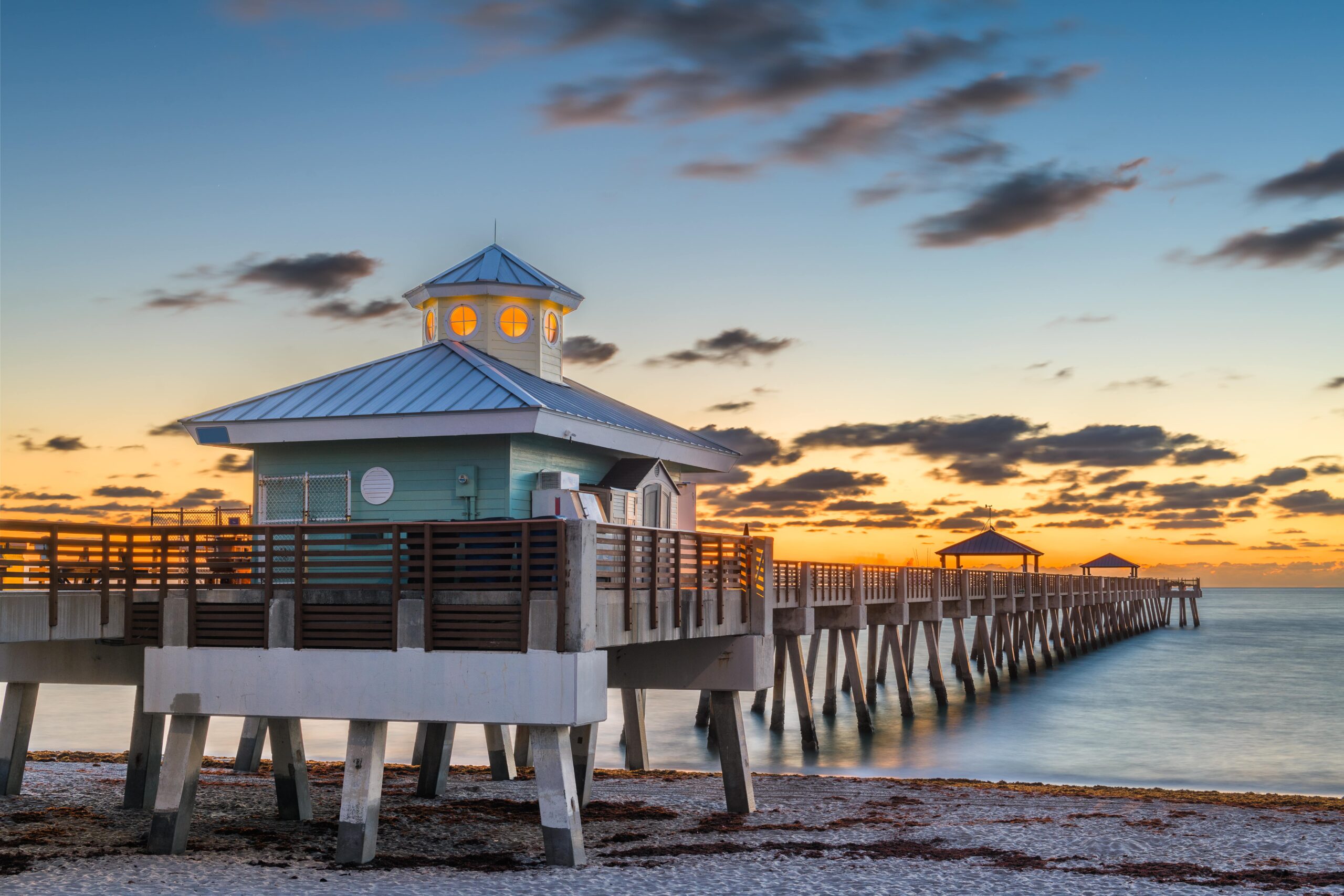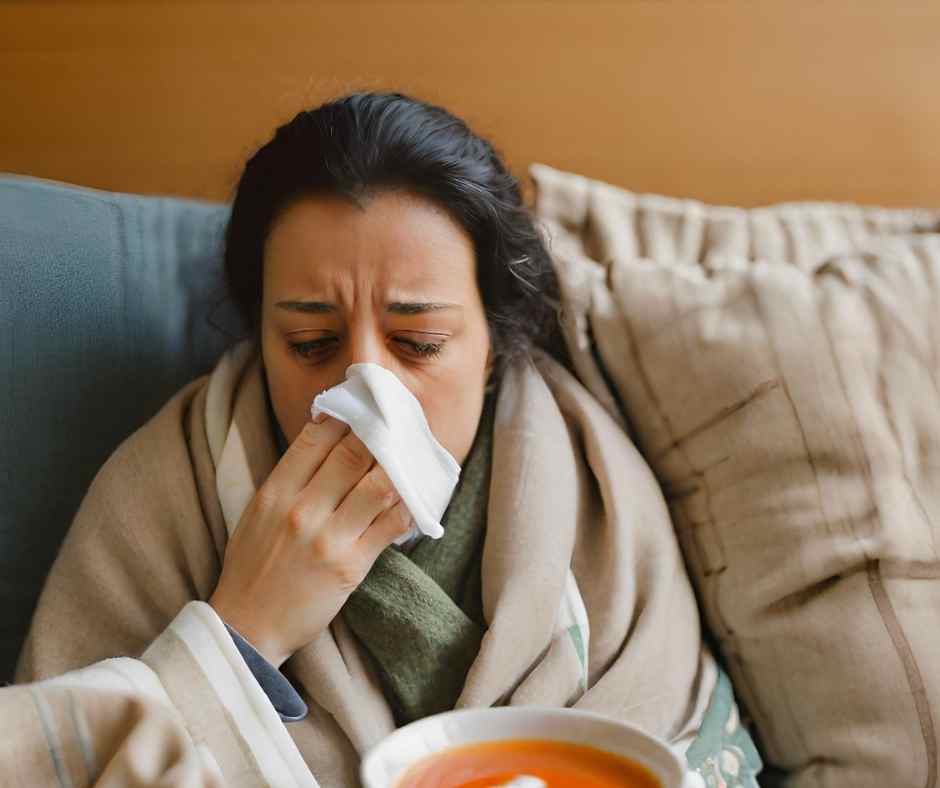Sudden pains that pop up in your stomach can be alarming and unsettling. You may frantically ask yourself “Do I have gas?” “Is my appendix going to burst,” and “Are my kidneys failing?” With so many organs in your abdomen, there’s many reasons your stomach area can be experiencing pain. Some pains are minor and the feeling will pass in a short amount of time, while other pains are more severe and may signify a more serious issue or life-threatening condition. One such cause of abdominal pain are gallbladder issues, including gallstones and gallbladder. In this article, I will discuss these conditions and share what causes them, how to determine If you have a gallbladder problem, and treatment.
Where is your gallbladder? The gallbladder sits in the upper right part of your abdomen just under your liver. This organ’s purpose is to store and concentrate bile, provide bile salts for fat digestion, and it also helps cholesterol transport and recycling.
Gallstones, for the most part, begin to form in the gallbladder when the cholesterol cannot be kept in a dissolved state, so it begins to crystallize and turn to stones. When these stone get larger, they’re known as gallstones. If they don’t affect bile movement a person will never know these stones are there, because they have no signs or symptoms. Stones can be seen with imaging techniques such as ultrasound or CT scan.
A person’s gender and race seems to dictate the likelihood of developing gallstones. For example, gallstones are prevalent in 5 percent of black males but 64 percent in Native American women.
How do you know if your pain is gallstone pain? You will feel this pain in the upper center or right of the abdomen; this pain will be persistent for one to six hours, especially after eating fatty/rich foods. Often, this obstruction in the bile duct will resolve on its own and pain will disappear; however, if this pain lasts longer than six hours, the pressure in the gallbladder builds leading to distension, inflammation and swelling; this is referred to as cholecystitis.
If a patient has cholecystitis and it is quickly diagnosed, it will be treated with fluids, bowel rest, and antibiotics. If they have another attack, gallbladder removal (cholecystectomy) is a recommended. If not treated right away, the cholecystitis symptoms will worsen; a person will become feverish, nauseous, and even vomit. The pain will begin to spread up to the upper part of the back, and this is when a person usually heads to urgent care or the ER.
Serious cases of cholecystitis can lead to further and more life-threatening complications such as infection of the liver bile ducts, gangrene of the gallbladder, and pancreatitis. All these conditions require hospitalization, drainage and antibiotics.
If a cholecystectomy is needed, gallbladder removal, this is a same day surgery and patient can eat later in the day or the following day. A person doesn’t need a gallbladder to survive. Without the gallbladder, only small amounts of fat can be digest at a time. If a person consumes too much fat, he or she will experience diarrhea.
If you been experiencing abdominal pain, it’s time to see your doctor. If it’s extreme and you are unable to see your doctor quickly, head to the ER or an urgent care center. For a primary doctor in the Fort Myers area, contact Dr. Kordonowy of Internal Medicine, Lipid & Wellness. Through an examination and testing, Dr. Kordonowy can diagnosis the cause of your stomach pain. To book an appointment, click here or call 239-362-3005, ext. 200. Dr. Kordonowy is a concierge doctor and provides direct primary care services.

